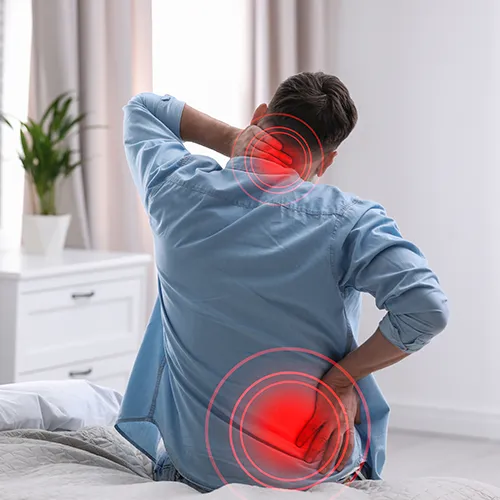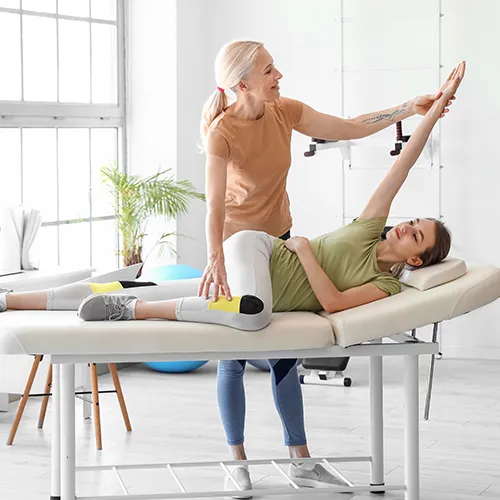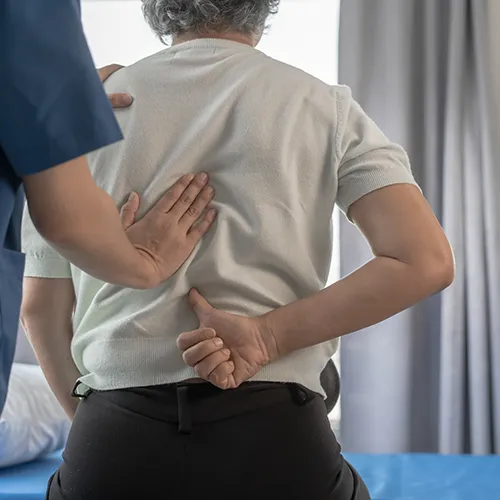Treatments, Chiropractic, Health Atlast Upper West LA
Postural Correction Treatment: The Importance of Proper Posture
Your posture says more about you than just how you stand or sit—it reflects the overall health and alignment of your body. Poor posture is one of the leading contributors to chronic pain, fatigue, and even long-term spinal conditions. In this article we’ll explore why posture is so important, how poor posture affects your health, and how chiropractic care can help you stand taller and feel better.
Why is Proper Posture Important?
Good posture isn’t just about looking confident—it’s about maintaining proper alignment so your body can function at its best. Proper posture:
- Distributes Weight Evenly: Reduces strain on your muscles, ligaments, and joints.
- Supports Spinal Health: Keeps your spine aligned and protects against wear and tear.
- Improves Circulation and Breathing: An upright posture allows for better lung capacity and blood flow.
- Prevents Pain: Reduces the risk of chronic pain in the neck, shoulders, back, and hips.
The Hidden Effects of Poor Posture
Poor posture might seem minor at first, but its effects can lead to serious health issues. Chronic neck and back pain is a common result, as slouching places strain on the spine and muscles, causing ongoing discomfort. Poor posture can also trigger headaches and migraines, with neck misalignments irritating nerves and causing tension headaches.
Over time, poor posture restricts mobility by creating muscle imbalances that make movement harder. Worse, it can contribute to spinal degeneration, leading to conditions like herniated discs or degenerative disc disease. These issues cause chronic pain and reduce quality of life.
Another hidden consequence is fatigue. Misalignment forces your body to use extra energy to maintain balance, leaving you drained. Correcting posture early can prevent these problems, promoting better overall health and vitality.
How Postural Correction Treatment Can Help
Chiropractic care offers effective, non-invasive solutions to correct posture and address its underlying causes. Here’s how it can help:
- Comprehensive Postural Assessments
- It starts with a thorough evaluation of your posture, spinal alignment, and lifestyle habits. This helps identify specific issues, like forward head posture, rounded shoulders, or uneven hips.
- Spinal Adjustments
- Misalignments in the spine are a common cause of poor posture. Chiropractic adjustments restore proper alignment, reducing strain and allowing your body to hold itself correctly.
- Postural Correction Exercises
- Personalized exercises to strengthen weak muscles and stretch tight ones, including:
- Chin Tucks: To strengthen the neck and counteract forward head posture.
- Shoulder Blade Squeezes: To improve shoulder alignment and combat slouching.
- Core Strengthening Exercises: To support the spine and improve overall stability.
- Personalized exercises to strengthen weak muscles and stretch tight ones, including:
- Ergonomic Guidance
- Many posture problems stem from poor ergonomics at work or home.
- Massage Therapy
- Tight muscles in the neck, shoulders, and back often worsen poor posture. Massage therapy releases tension, improving flexibility and making it easier to maintain proper alignment.
Tips to Improve Posture at Home
Incorporating small changes into your daily routine can make a big difference in your posture:
- Be Mindful: Check in with your posture throughout the day, especially when sitting or using your phone.
- Stay Active: Regular movement prevents stiffness and strengthens the muscles that support your spine.
- Engage Your Core: Practice engaging your core muscles while sitting or standing to support your lower back.
- Stretch Regularly: Stretching tight muscles, like your chest and hip flexors, helps combat the effects of prolonged sitting.
Proper posture is the key to a healthier, pain-free life. Whether you’re dealing with chronic discomfort or simply want to improve your alignment, postural correction treatment can make a significant difference. With chiropractic care, targeted exercises, and ergonomic adjustments, you can feel stronger, more confident, and ready to take on the day.












